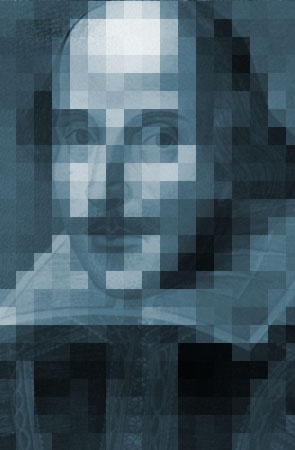Research Portfolio | Literature
But soft, how doth the Bard now innovate?
"In the future, you may be able to speak a line of Shakespeare and get eight to ten versions—a photo of an early folio, illustrations, film, and theatrical performances from all over the world," says Literature Professor Peter Donaldson. Through the MIT Shakespeare Project, Donaldson has been working toward this future for more than a decade.
Shakespeare Electronic Archive
Already, the Shakespeare Electronic Archive, founded in 1997, allows scholars to explore the fullest representation of Shakespeare folios in existence. Researchers can juxtapose and compare quarto and folio readings, view Shakespearean imagery in art, watch the plays on film, and annotate these materials.
"The kinds of tools we build and pedagogies we develop are extremely important because so much of the culture is in sound and moving-image forms," said Donaldson, director of the project. "We have to have ways to critique the culture we live in."
Shakespeare in Asia
Acknowledging that Shakespeare's influence is global, the project also launched Shakespeare Performance in Asia, a new archive of Shakespeare productions in Japan, Singapore, China, Taiwan, and elsewhere in Asia. These innovative and distinguished productions often combine Shakespearean themes and plot elements with the traditions of the Beijing opera, Noh theater, Kabuki, and other local forms—offering new ways of understanding the plays.
Crossing Media and Cultures
"The model of the fixed text is giving way to the idea that a literary work is a matrix of forms that crosses media and cultures," Donaldson said. "This model is intuitively understood today. Scholars aren't daunted by multiple interpretations."
Shakespeare Performance in Asia will offer new tools for advanced searches and for bookmarking video sequences for further study. It will be the largest digital collection of complete theatrical productions in the world.
